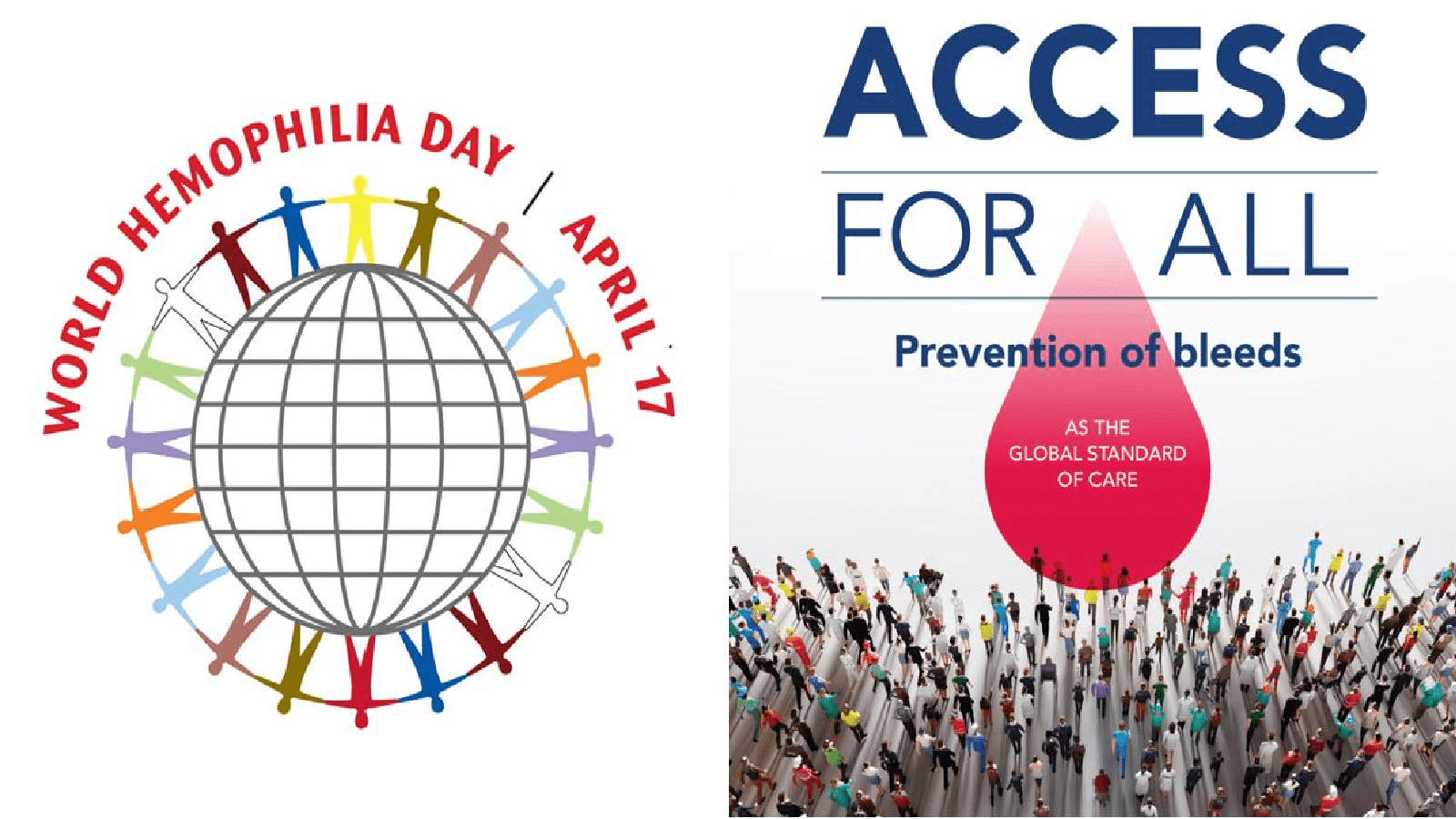Haemophilia is caused by a deficiency of proteins called “factors” which help blood to clot. Someone with haemophilia A lacks a protein called Factor VIII and someone with the rarer haemophilia B is deficient in Factor IX.
Both conditions are passed down through families because of a missing or faulty gene on the “x” sex chromosome. Most people living with haemophilia are therefore men and boys. Women can carry the faulty gene and will sometimes show signs of the disease.
Famously, Queen Victoria carried the Haemophilia B gene and passed the disease on to several male members of royal families across Europe.
Fortunately, treatment options for haemophilia have developed dramatically over recent decades, leading to improved outcomes for patients. The goal of treatment is to reduce the number of bleeds they suffer to a minimum and, ideally, prevent them altogether.
Many people envisage people with haemophilia bleeding profusely if they cut themselves but this is only part of their story. Patients can bleed into their joints after minor knocks, damaging them permanently and potentially leading to disability.
Because of this, boys living with haemophilia have often been discouraged from sports and outdoor activities. It is now established, though, that with optimal treatment most can participate fully. In fact the activity helps them build bone and muscle mass which in turn helps protect their joints for the future.
However, as a report by the All Party Parliamentary Group (APPG) on Haemophilia and Contaminated Blood highlighted, some people with moderate haemophilia do not have access to regular prophylactic treatment which helps to prevent bleeding. The APPG also noted that people with haemophilia in France, Germany, Italy and Spain reported higher average health scores than those in the UK. Germany spends more than twice as much per capita on bleeding disorder care and treatment than the UK.
Novel new treatments for haemophilia, including gene therapy and non-factor therapies, are now being developed which will further improve the outlook for patients in the future. But for them to fully benefit from these developments, they must be given access to the most effective treatment that is right for them, right now.
James Lathbury is a product manager in the Haematology Therapeutic Area Team at CSL Behring UK and Ireland
GBR-CRP-0432 April 2023



